Home>Articles>What Temperature For Bacon In Electric Skillet
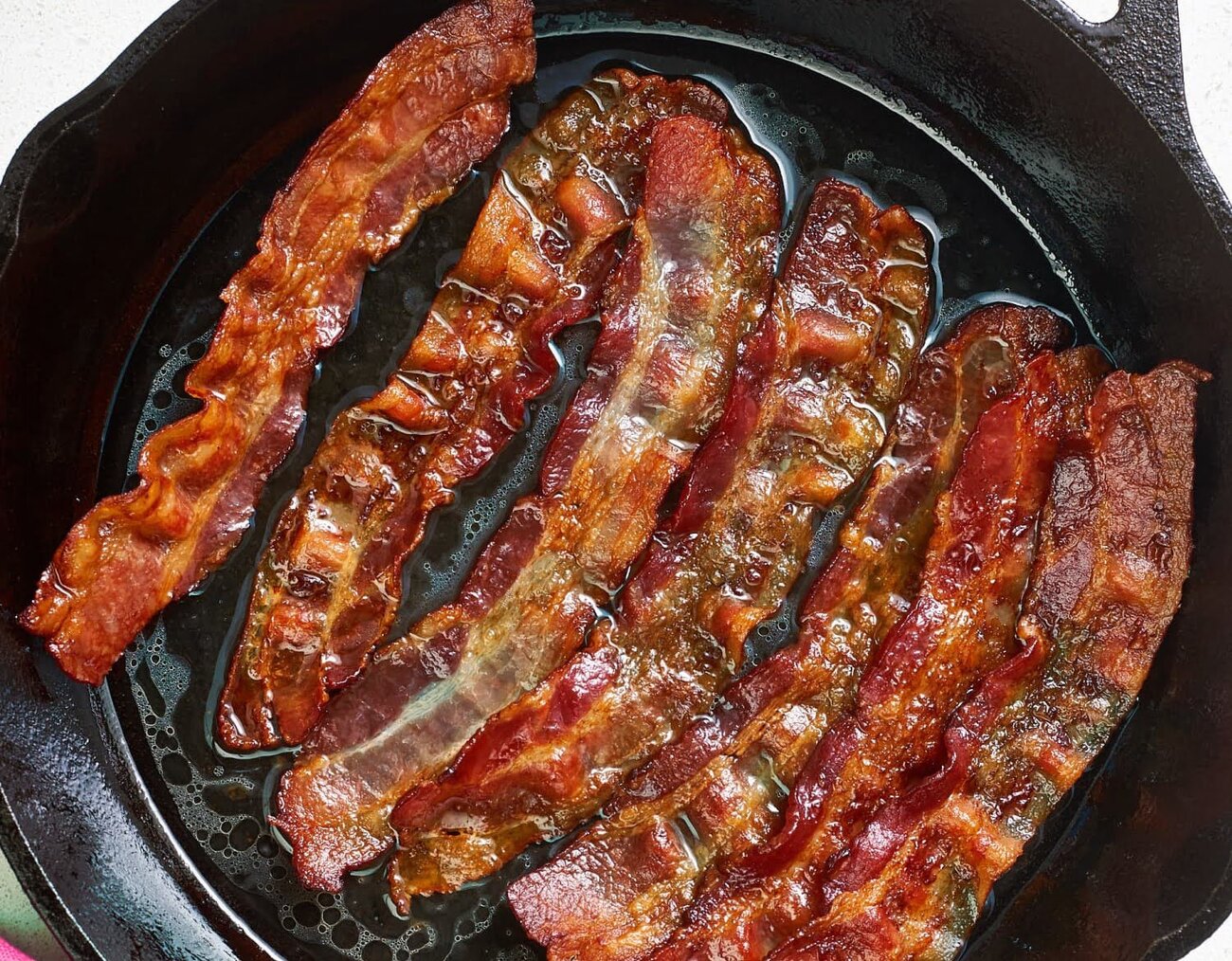

Articles
What Temperature For Bacon In Electric Skillet
Modified: September 1, 2024
Looking for articles on cooking bacon in an electric skillet? Discover the perfect temperature for crispy, delicious results in this informative guide.
(Many of the links in this article redirect to a specific reviewed product. Your purchase of these products through affiliate links helps to generate commission for Storables.com, at no extra cost. Learn more)
Introduction
When it comes to cooking bacon, using an electric skillet can be a game-changer. An electric skillet provides a convenient and efficient way to cook bacon, ensuring that the strips come out perfectly crispy and delicious every time. Whether you are a bacon aficionado or just enjoy a good strip of bacon with your breakfast, knowing the right temperature to cook bacon in an electric skillet is essential.
In this article, we will explore the advantages of using an electric skillet for cooking bacon, factors to consider when cooking bacon in an electric skillet, the recommended temperature for cooking bacon, and some helpful tips to achieve mouthwatering bacon strips. So, get ready to take your bacon game to the next level with your trusty electric skillet!
Key Takeaways:
- Elevate your bacon game with an electric skillet, offering even heat distribution, precise temperature control, and less mess. Achieve perfect crispiness by following the recommended temperature range and expert tips.
- Cook bacon like a pro in your electric skillet, mastering the art of achieving crispy or chewy perfection. Consider factors like bacon thickness and desired crispiness, and get creative with flavors and presentations.
Read more: How To Cook Bacon In Electric Skillet
Advantages of Using an Electric Skillet for Cooking Bacon
Using an electric skillet to cook bacon offers several advantages that make it a preferred method for many bacon lovers. Here are some of the advantages you can enjoy:
- Even Heat Distribution: Electric skillets are designed to distribute heat evenly across the cooking surface. This ensures that every strip of bacon cooks consistently, without any hot spots or uneven cooking.
- Precise Temperature Control: Electric skillets come with temperature control settings, allowing you to set the desired cooking temperature with precision. By having control over the temperature, you can achieve the perfect balance between crispiness and chewiness according to your preference.
- Convenience and Efficiency: Electric skillets offer the convenience of easy operation and quick heating. They heat up faster than stovetops and maintain a steady temperature throughout the cooking process. This saves you time and makes the cooking experience more efficient.
- Less Splatter and Mess: Cooking bacon in an electric skillet significantly reduces the splatter and mess compared to using a stovetop. The high sides of the skillet help contain the grease and prevent it from splashing around, leading to a cleaner cooking process and easier cleanup.
- Versatility: Electric skillets are not limited to cooking bacon alone. They can be used for various other cooking tasks like frying eggs, sautéing vegetables, grilling sandwiches, and more. Investing in an electric skillet opens up a world of cooking possibilities in addition to perfectly cooked bacon.
These advantages make electric skillets a great choice for cooking bacon. They offer precise control, consistent heat, and convenience that result in delicious and hassle-free bacon every time you cook.
Factors to Consider When Cooking Bacon in an Electric Skillet
While using an electric skillet for cooking bacon is simple and straightforward, there are a few factors you should consider to achieve the best results. Keep the following factors in mind when cooking bacon in an electric skillet:
- Bacon Thickness: The thickness of the bacon slices can affect the cooking time and temperature. Thicker slices may require a slightly lower temperature and longer cooking time to ensure they are cooked through without burning.
- Desired Level of Crispiness: Everyone has their own preference when it comes to bacon crispiness. If you prefer your bacon extra crispy, you may need to cook it at a slightly higher temperature and for a longer time. If you prefer a softer and chewier texture, a lower temperature and shorter cooking time will be suitable.
- Skillet Size: The size of your electric skillet will determine how many bacon strips you can cook at once. Overcrowding the skillet can lead to uneven cooking. It’s important to leave enough space between the strips to allow proper heat circulation.
- Grease Management: Bacon produces a significant amount of grease while cooking. Make sure your electric skillet has a grease trap or a removable drip tray to collect the excess grease. This helps in minimizing splatter and makes cleaning up easier.
- Consistent Flipping: To ensure even cooking on both sides, it’s important to flip the bacon strips regularly. Aim to flip them every few minutes to promote even browning and prevent any part from becoming too crispy or burnt.
- Cooking Surface Maintenance: Before cooking bacon in your electric skillet, make sure the cooking surface is clean and well-seasoned. A well-seasoned skillet helps prevent sticking and promotes better browning. Regularly clean and maintain your electric skillet to ensure optimal performance.
Considering these factors will help you achieve perfectly cooked bacon that suits your preferences. Experiment with different variables to find the ideal combination of temperature, cooking time, and flipping frequency for the best results.
For cooking bacon in an electric skillet, set the temperature to medium-high (around 375°F). This will allow the bacon to cook evenly and become crispy without burning.
Recommended Temperature for Cooking Bacon in an Electric Skillet
The recommended temperature for cooking bacon in an electric skillet is between 325°F (163°C) and 375°F (190°C). This temperature range allows the bacon to cook thoroughly while achieving the desired level of crispiness.
If you prefer your bacon to be more on the chewy side, a lower temperature within the range, around 325°F (163°C), will be suitable. This lower temperature allows the bacon to cook slowly, resulting in a softer texture.
On the other hand, if you prefer your bacon to be crispy and crunchy, a higher temperature within the range, around 375°F (190°C), will give you the desired results. This higher temperature cooks the bacon more quickly, resulting in a crispy exterior.
It’s important to note that the cooking time may vary depending on the thickness of the bacon slices and personal preference. Thicker slices may require a slightly lower temperature and longer cooking time, while thinner slices may benefit from a slightly higher temperature and shorter cooking time.
Once the skillet has reached the desired temperature, place the bacon strips in a single layer, leaving space between each strip to allow for proper heat circulation. Flip the bacon strips regularly to ensure even cooking on both sides. Cooking time typically ranges between 8 to 12 minutes, but monitor the bacon closely to achieve your desired level of crispiness.
By following these temperature guidelines, you can achieve deliciously cooked bacon that is crispy or chewy, according to your own preference. Experiment with different temperatures within the recommended range to find the perfect balance of flavor and texture for your bacon strips.
Tips for Cooking Bacon in an Electric Skillet
To elevate your bacon-cooking game in an electric skillet, here are some expert tips to keep in mind:
- Preheat the skillet: Before adding the bacon, make sure to preheat the electric skillet to the desired temperature. This ensures even cooking and prevents the bacon from sticking to the pan.
- Use a cold skillet for thick bacon: If you’re using thick bacon slices, it’s recommended to start with a cold skillet. This allows the fat to render slowly and evenly, resulting in a tender texture and crispy edges.
- Place bacon strips in a single layer: Arrange the bacon strips in a single layer, ensuring they do not overlap. This promotes even cooking and prevents the strips from sticking together.
- Flip the bacon regularly: Flip the bacon strips every few minutes to ensure even browning and prevent any part from becoming too crispy or burnt. This also helps the bacon cook evenly on both sides.
- Control splatter with a splatter screen: To minimize grease splatter, consider using a splatter screen or a mesh cover over the electric skillet. This will help contain the grease and reduce mess during cooking.
- Save the bacon grease: Instead of discarding the bacon grease, which is full of flavor, consider saving it for future cooking. You can use it to add richness and taste to other dishes or for frying eggs and potatoes.
- Drain excess grease: As you cook bacon, it releases grease. To avoid a greasy end result, use tongs or a spatula to carefully remove the cooked bacon from the skillet and allow it to drain on a paper towel-lined plate.
- Experiment with seasonings and flavors: While bacon is delicious on its own, you can take it to the next level by adding some extra flavor. Sprinkle on some black pepper, brown sugar, chili powder, or even maple syrup for a unique and tasty twist.
- Clean the skillet properly: After cooking bacon, let the electric skillet cool down and discard the excess grease. Clean the skillet thoroughly with warm soapy water, ensuring that all leftover grease is removed to prevent any unwanted flavors or odors.
- Have fun and get creative: Cooking bacon in an electric skillet provides excellent opportunities to get creative. Try weaving the bacon strips into a lattice shape or forming bowls to create unique presentations.
By following these tips, you’ll be able to cook bacon in your electric skillet like a pro. Enjoy the mouthwatering aroma and savor the perfectly cooked, crispy or chewy bacon that will elevate your breakfast or any meal that includes this beloved meat!
Conclusion
Cooking bacon in an electric skillet offers a convenient and efficient way to achieve perfectly cooked bacon every time. The even heat distribution, precise temperature control, and convenience of an electric skillet make it an excellent choice for cooking this beloved breakfast staple. By following the recommended temperature range and considering factors such as bacon thickness, desired level of crispiness, skillet size, and grease management, you can achieve bacon strips that suit your preferences.
Remember to preheat the skillet, flip the bacon regularly, and use a splatter screen to minimize mess. Save the bacon grease for future cooking and get creative with seasonings and flavors to elevate your bacon game. Properly cleaning the skillet once you’re done ensures optimal performance for your next bacon-cooking session.
With these tips in mind, you can confidently cook bacon in your electric skillet like a pro. Whether you prefer crispy or chewy bacon, the versatility of the electric skillet allows you to tailor your cooking to suit your taste. So, fire up your electric skillet, savor the aroma, and enjoy the deliciousness of perfectly cooked bacon strips that will enhance any meal.
So, are you ready to take your bacon cooking to new heights? Grab your electric skillet and get started on your bacon adventure today!
Frequently Asked Questions about What Temperature For Bacon In Electric Skillet
Was this page helpful?
At Storables.com, we guarantee accurate and reliable information. Our content, validated by Expert Board Contributors, is crafted following stringent Editorial Policies. We're committed to providing you with well-researched, expert-backed insights for all your informational needs.
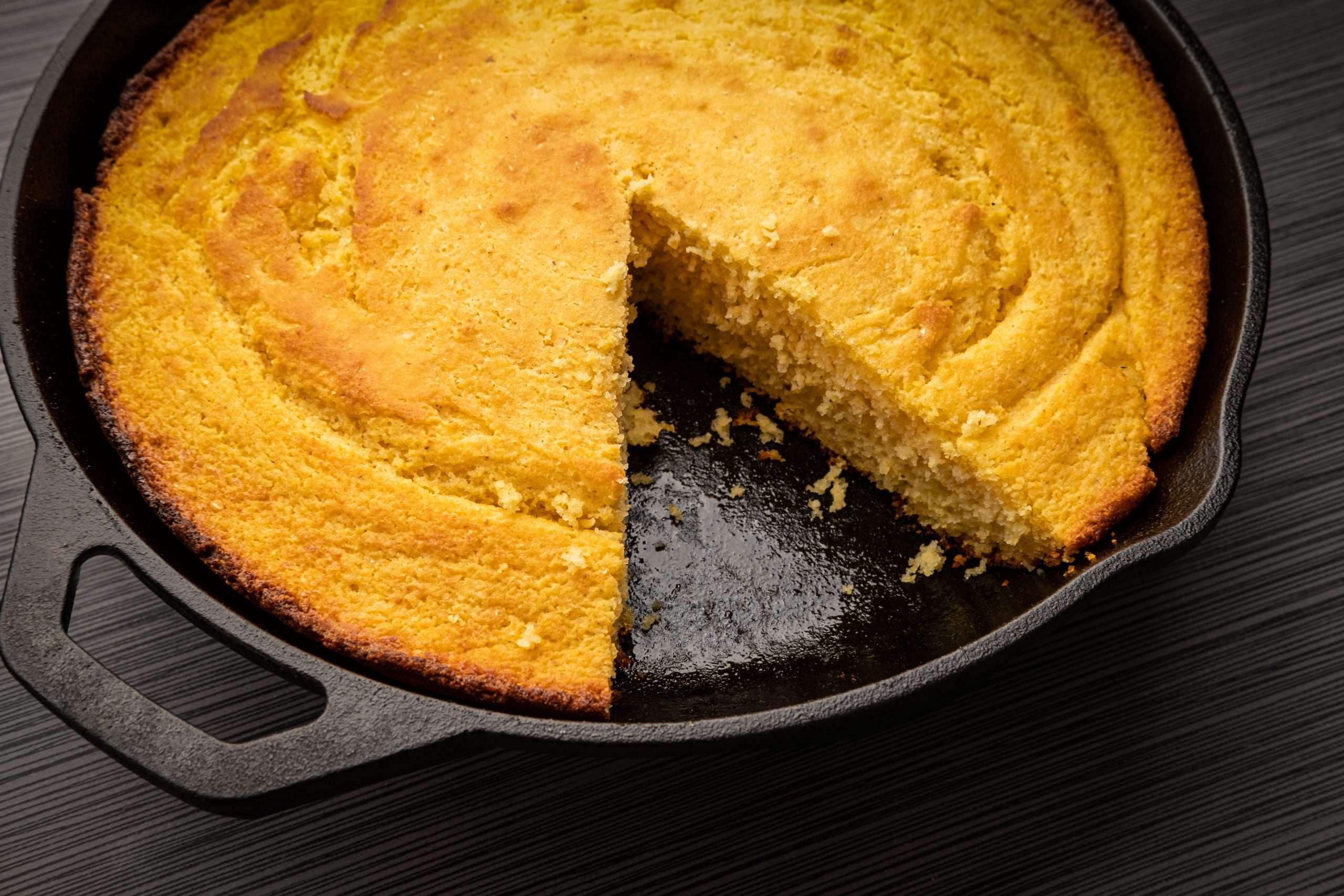
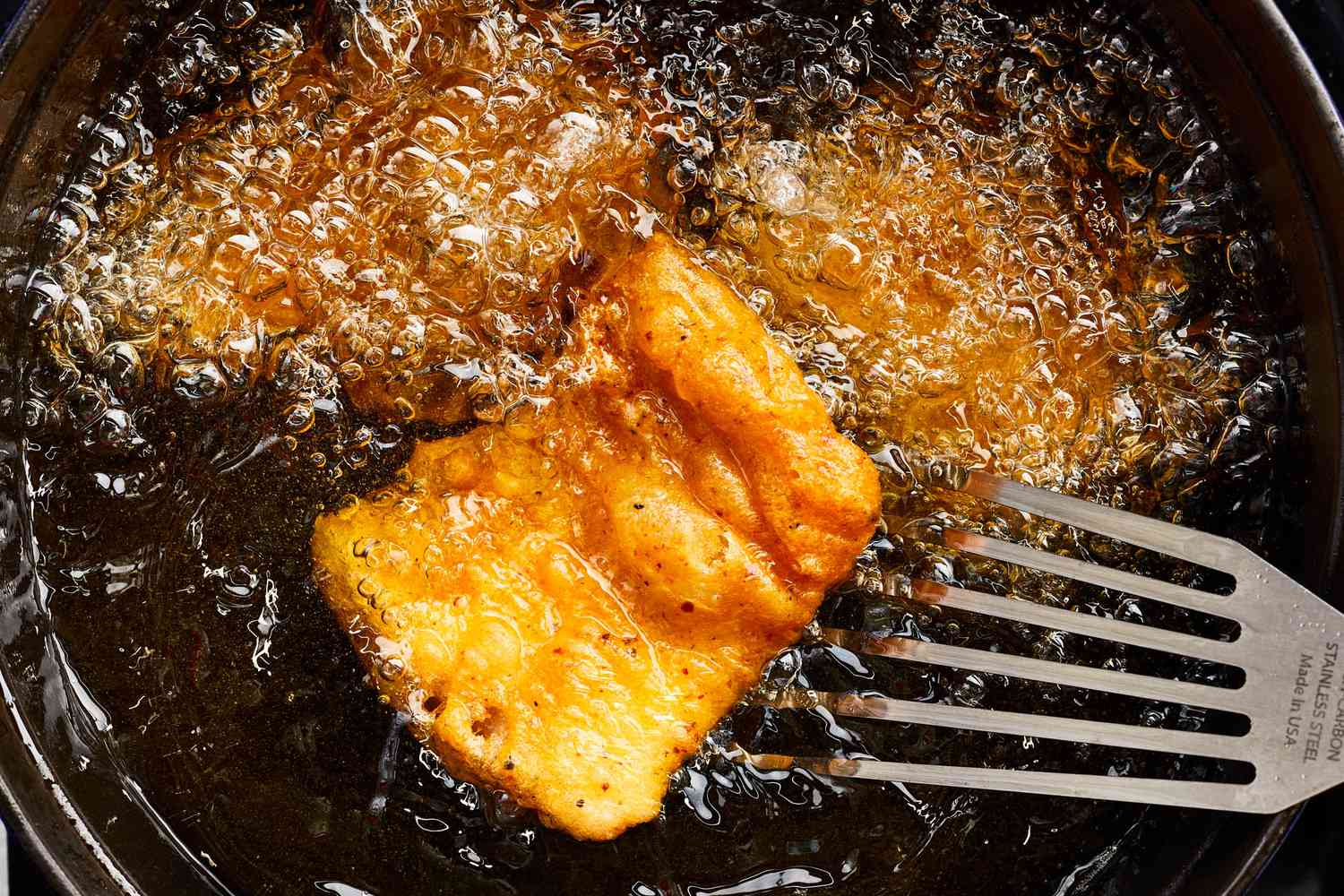
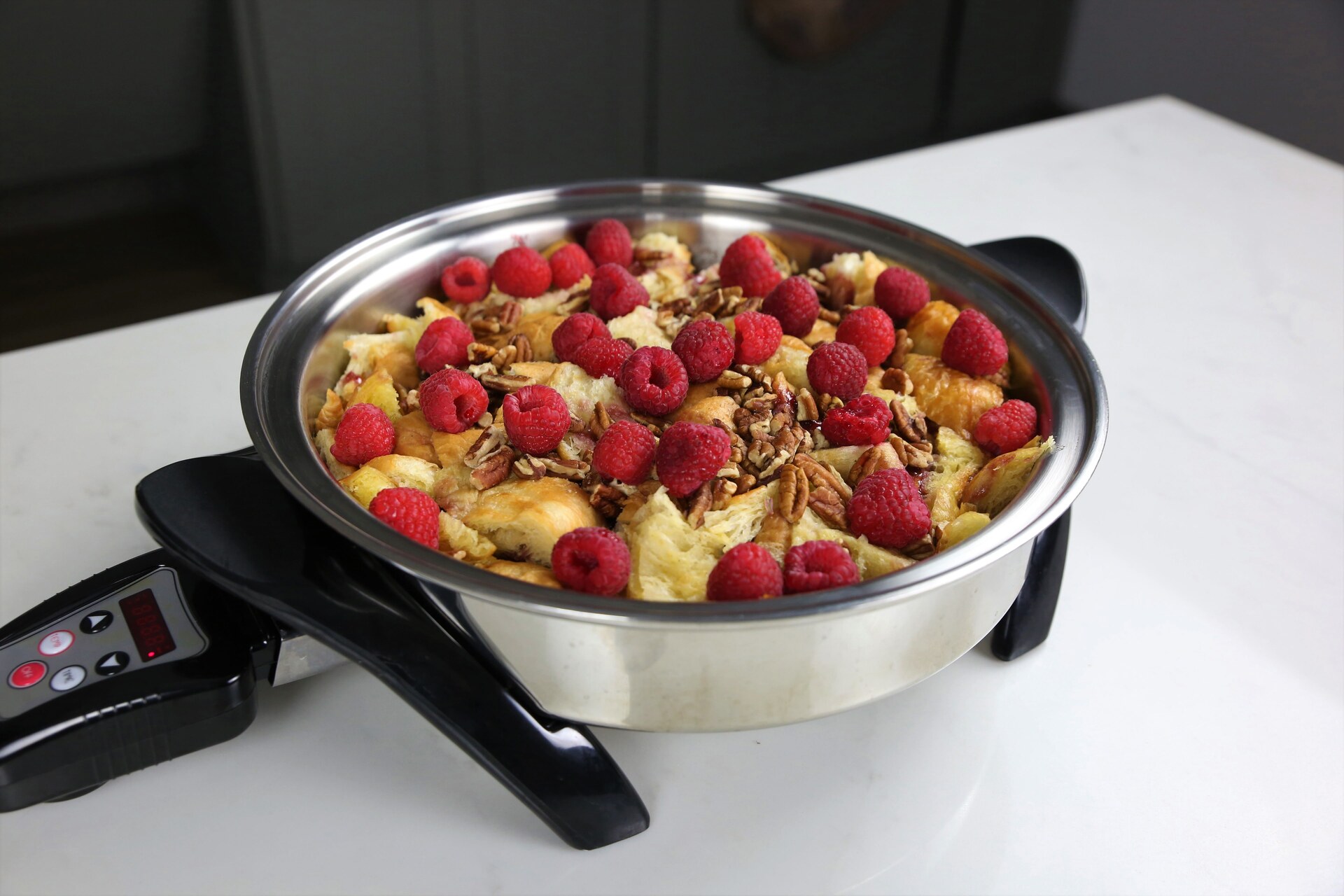
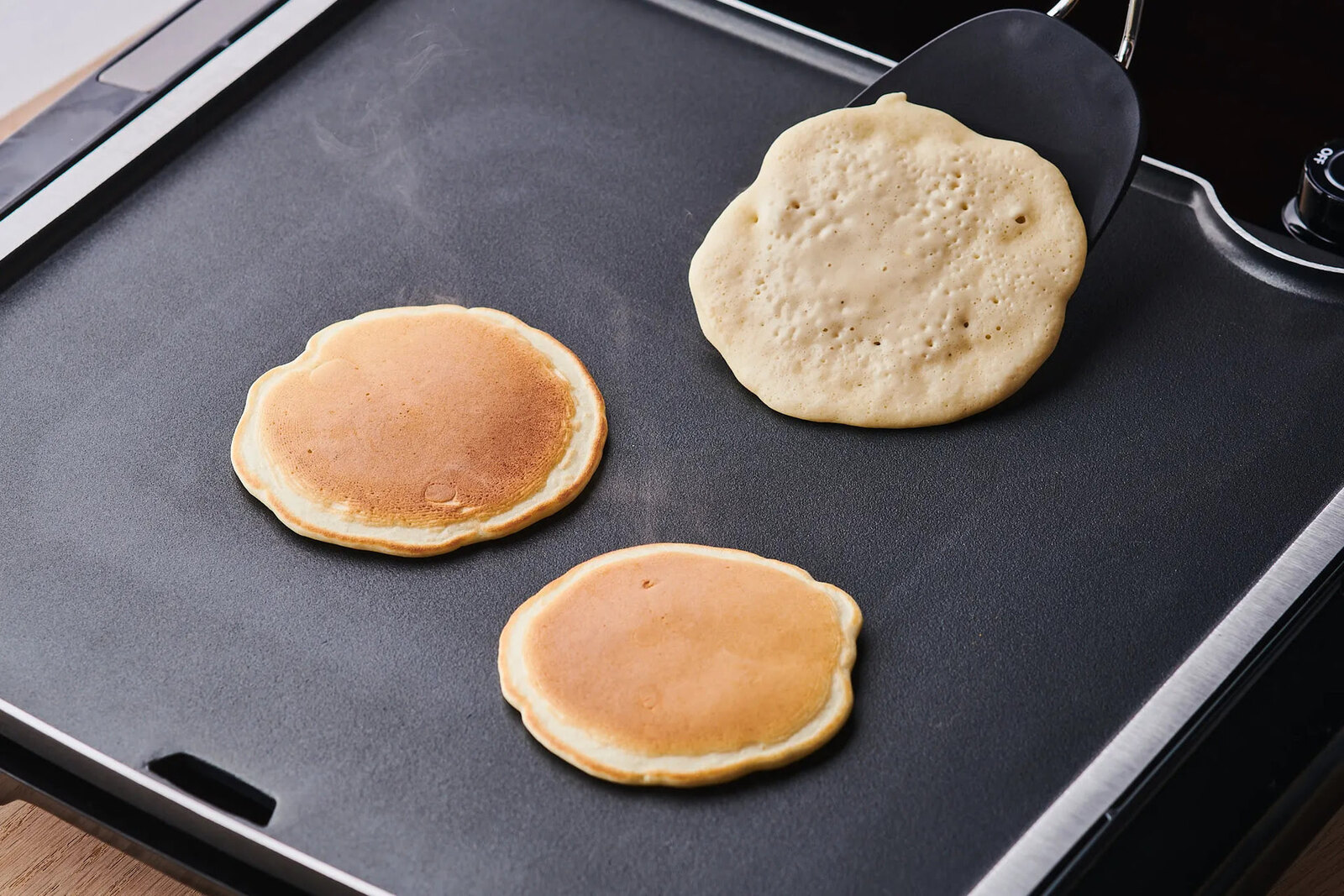
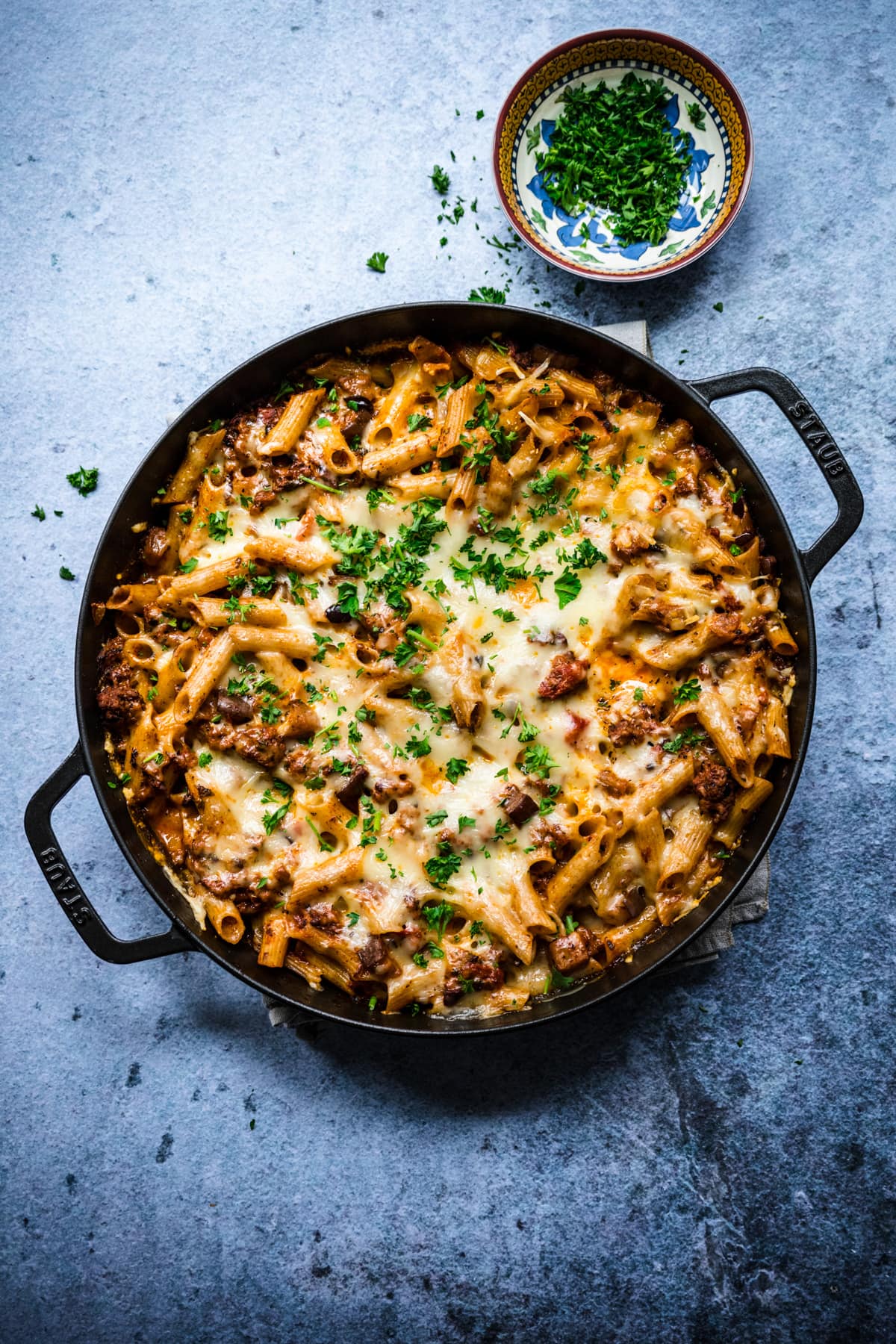
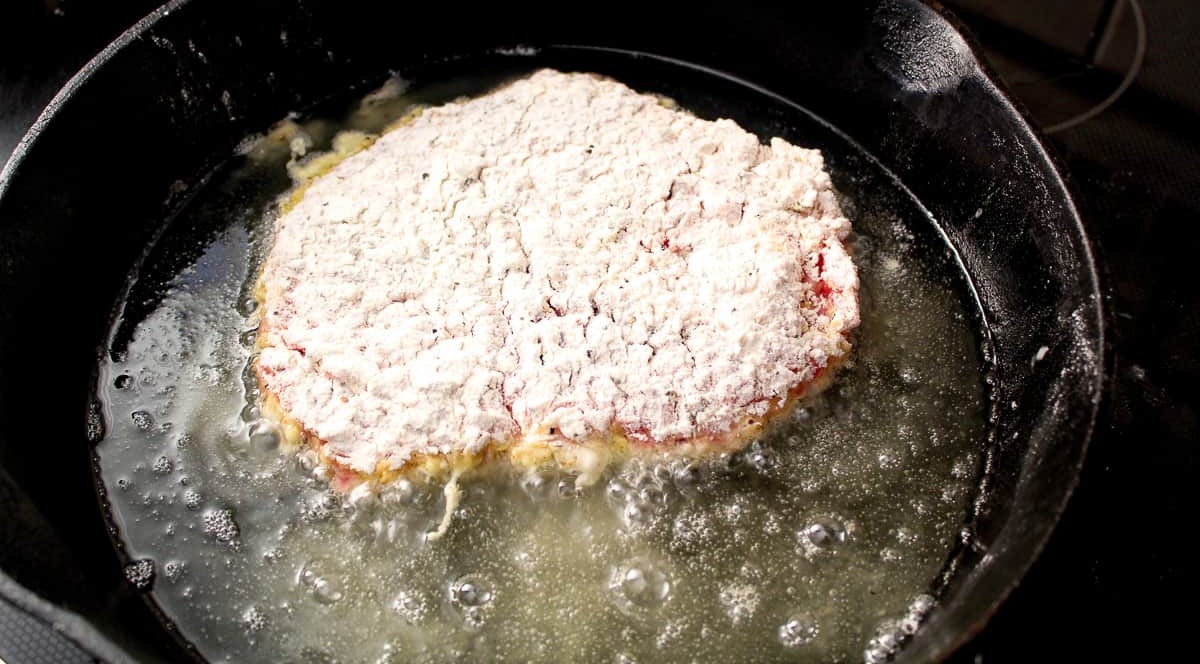
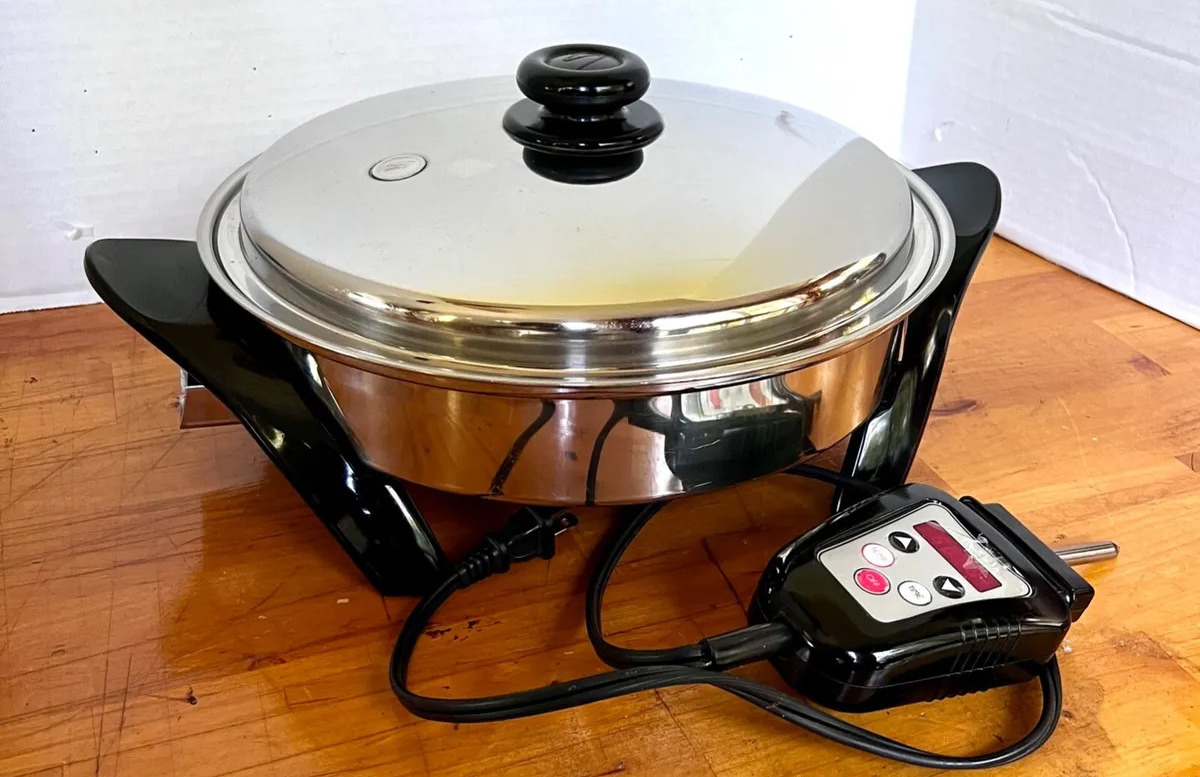
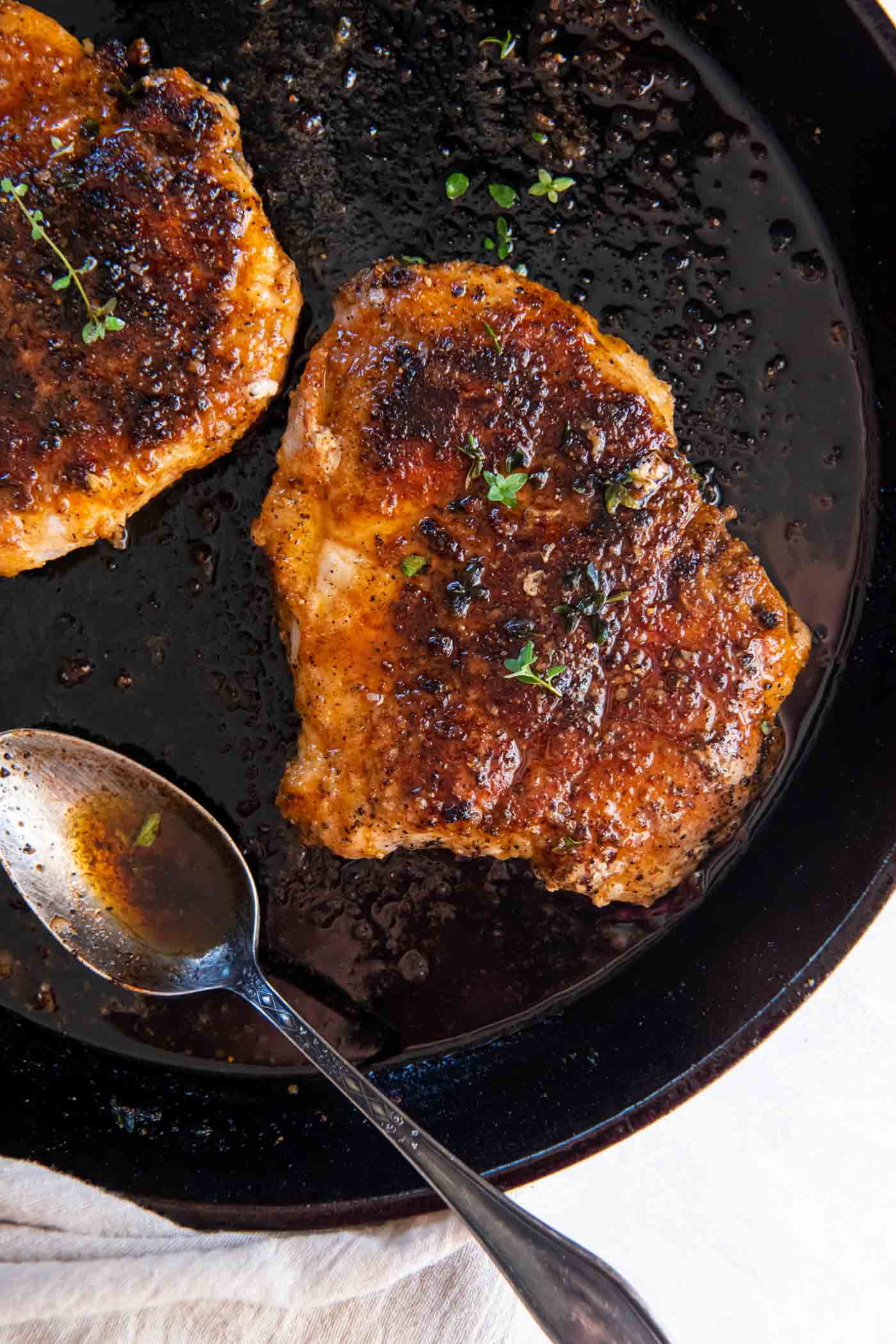
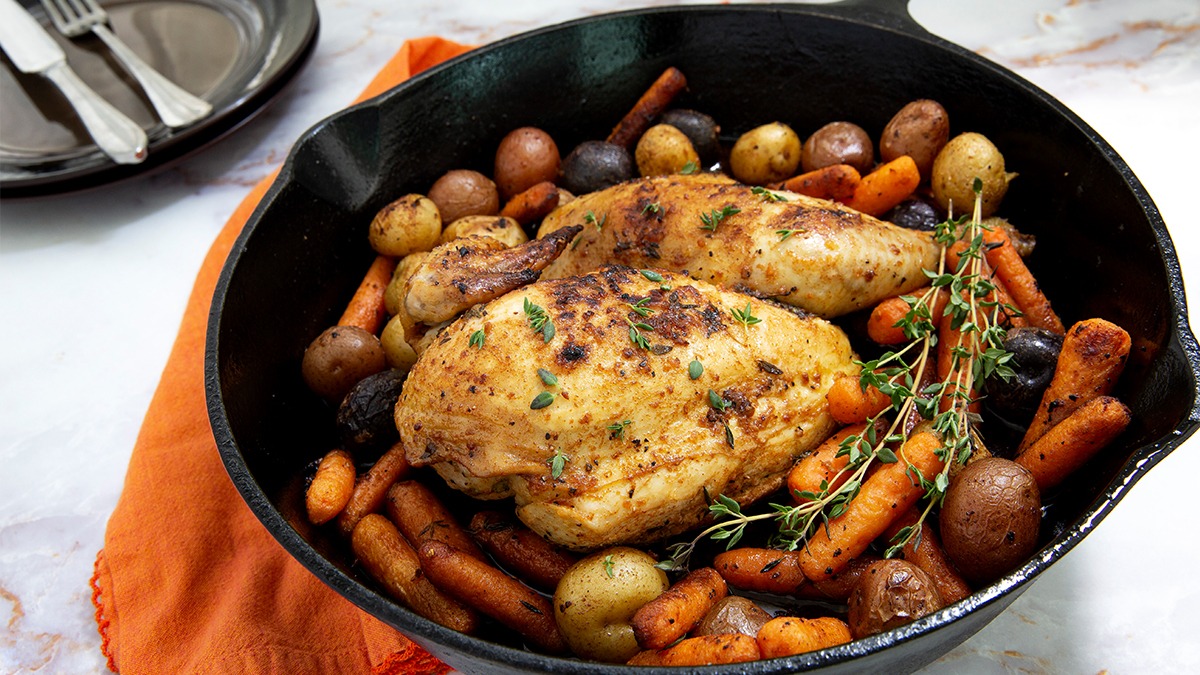
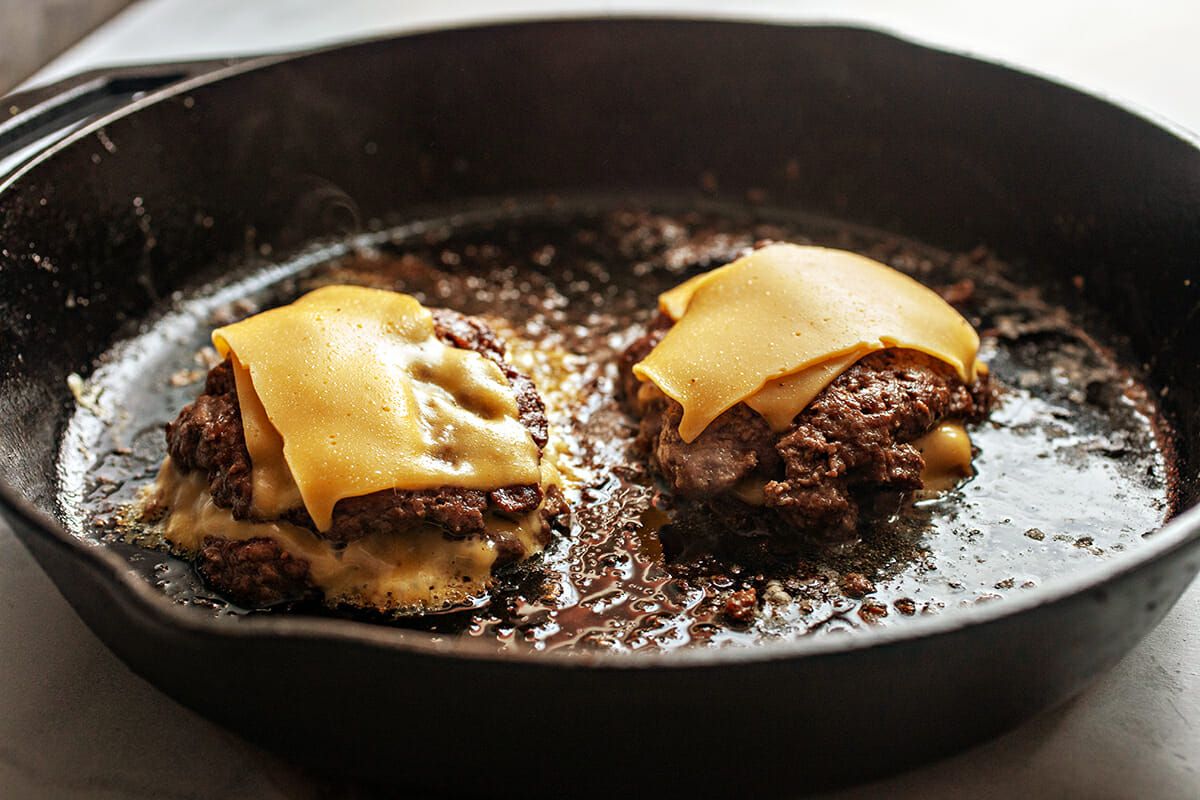
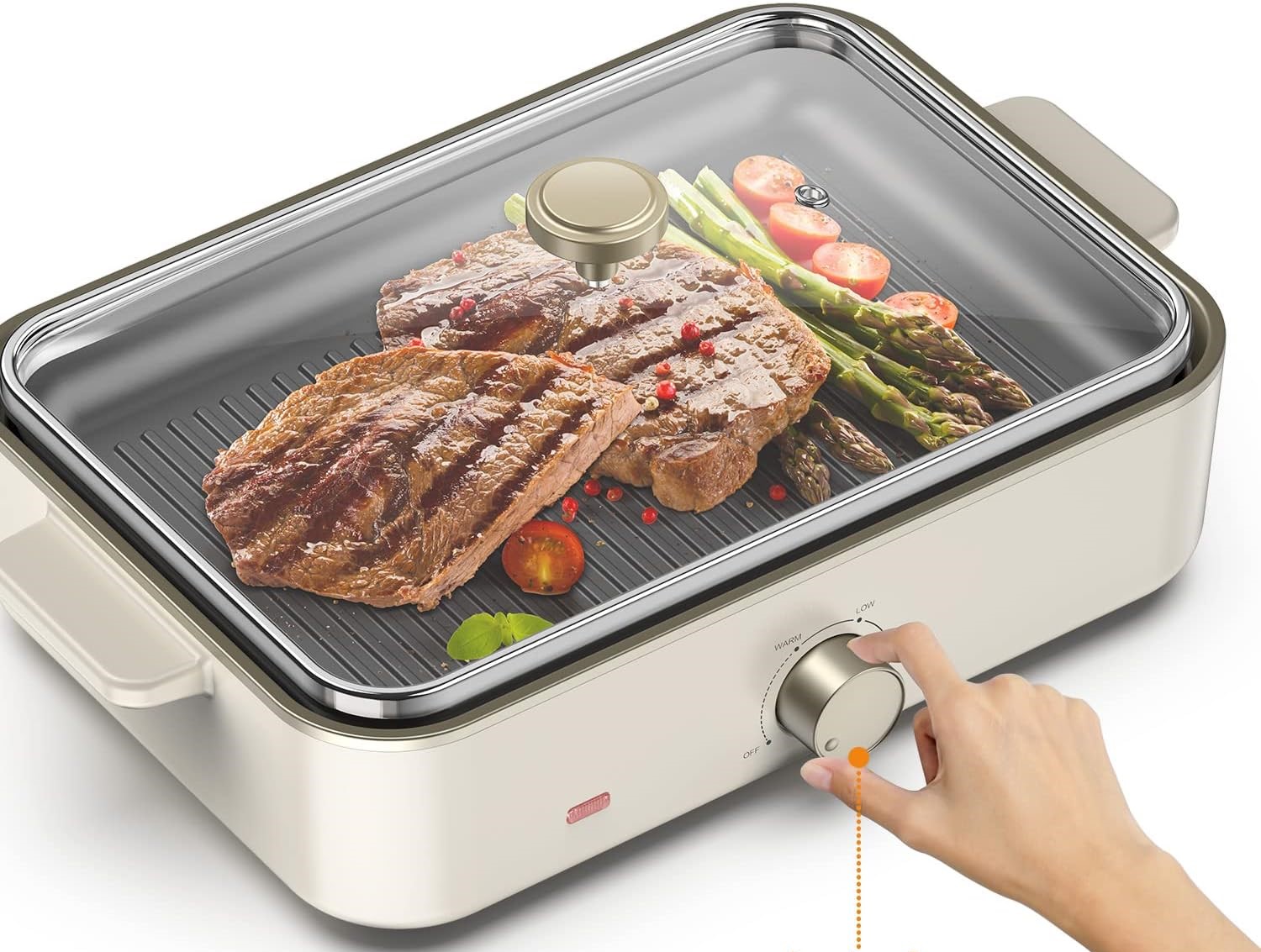

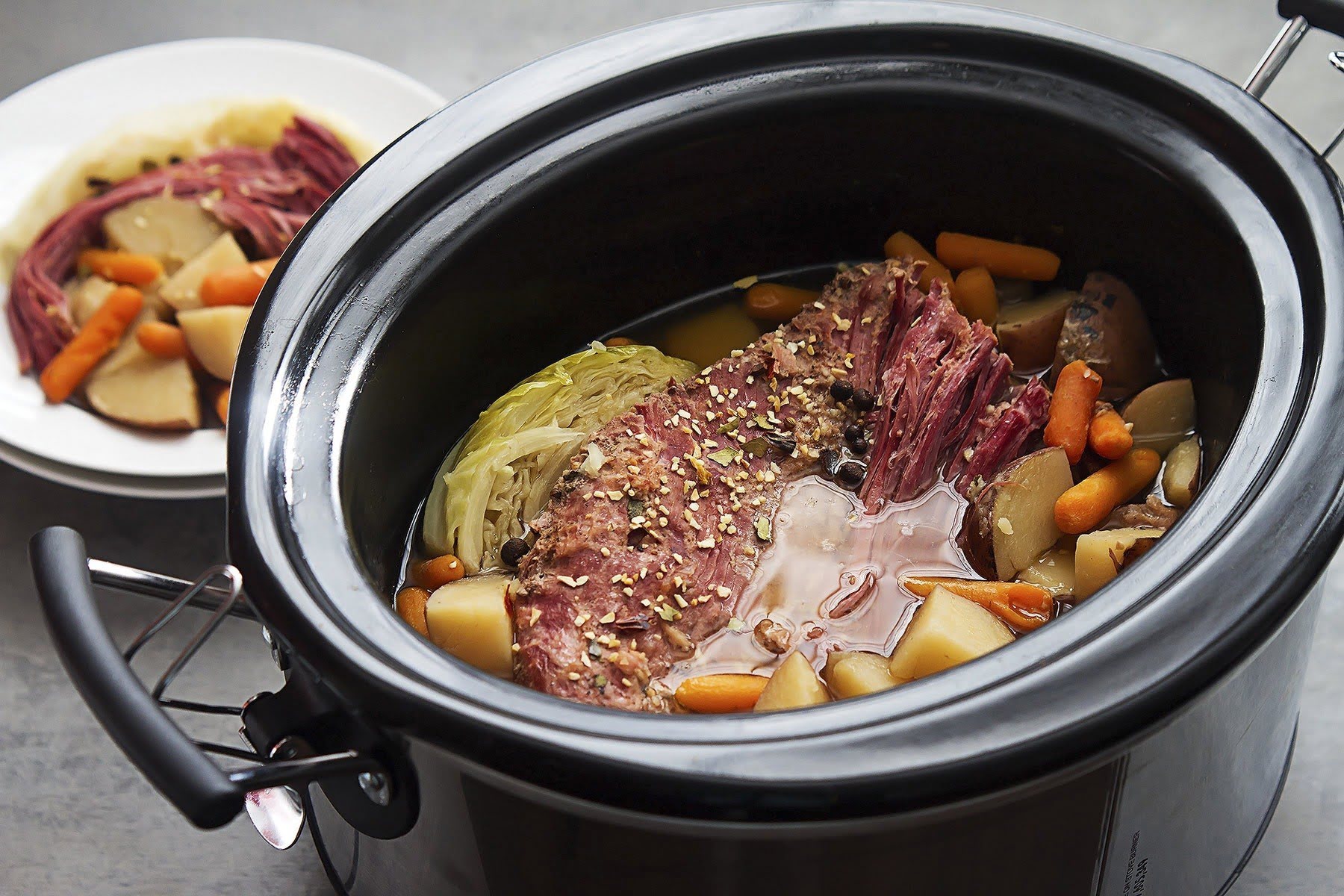
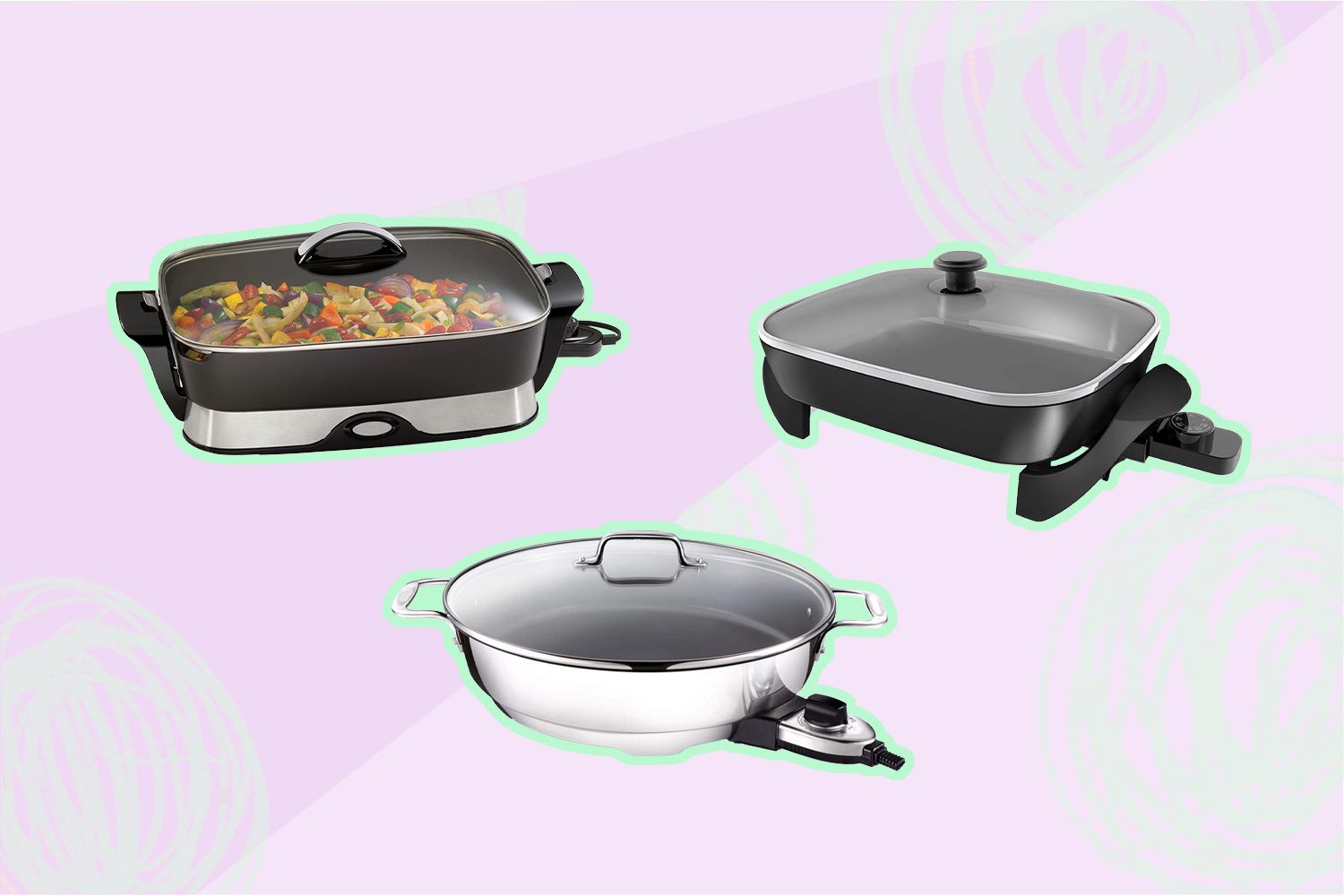

0 thoughts on “What Temperature For Bacon In Electric Skillet”